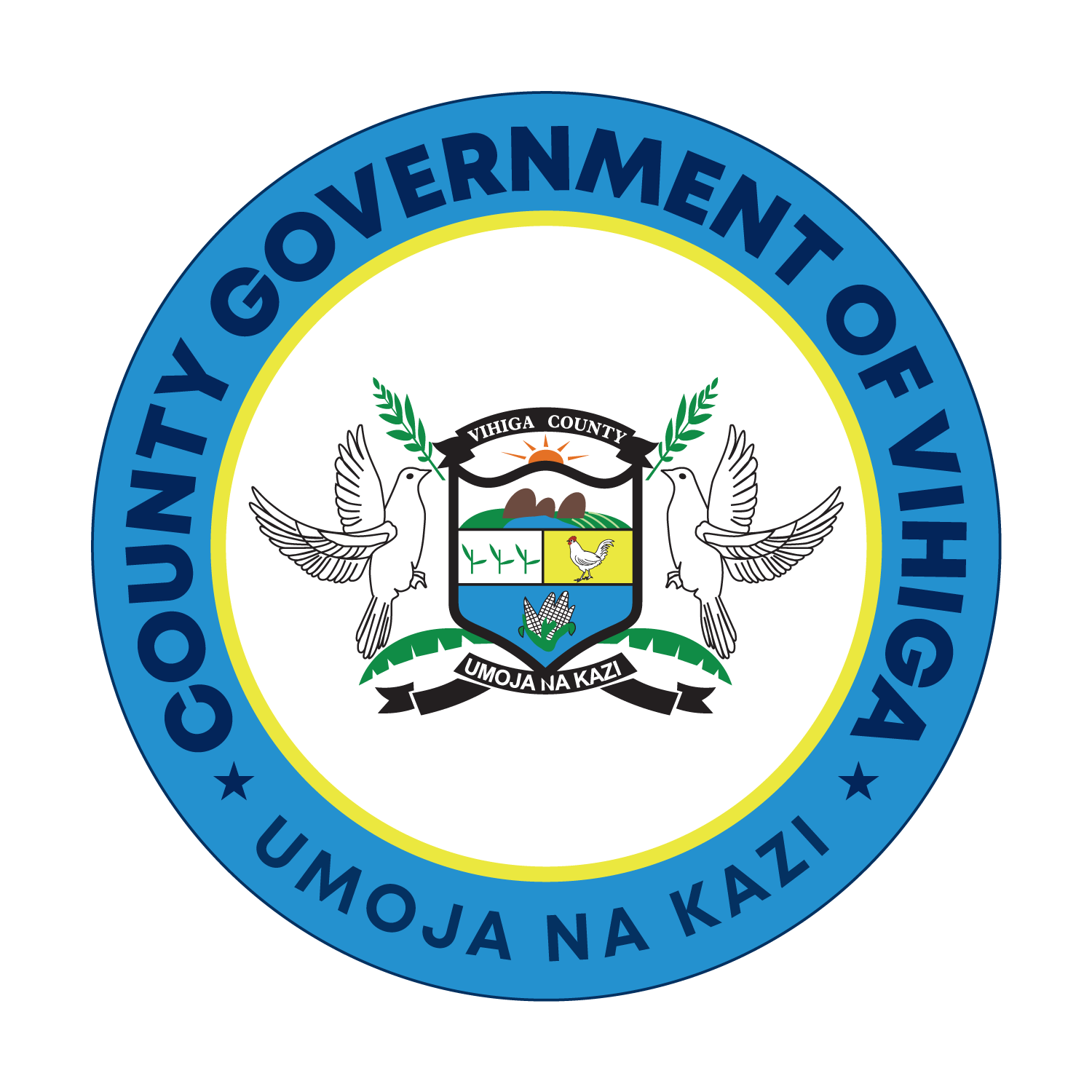The Tiriki community is one of the tribes of the larger Luhya community who majorly reside in Hamisi West of Vihiga County. They speak Ludiriji. The word Tiriki is also used to refer to their geographical location. Their migration history indicates that they migrated from Mt. Elgon and their lingo-cultural tradition is similar to the Bongomek group. All those communities that came to the area and adopted the strict circumcision rituals of the Teriks were called Tiriki. The sub clans The Tiriki; Bhikhava, Balukhoba, Bahaliero, Bajisinde, Baumbo, Bashistungu, Bamabi, Bamiluha, Balukhombe, Badura, Bamayuda, Bamuli, Basamia, Barimbuli, Baguga, Basaniaga, Banyonji, Bamoiya and Basuba.
Chief among the customs of the Tiriki is the circumcision ceremony, which is known as ITUMII (to mean a secret), a rite of passage into manhood for the young Tiriki boys, where the initiates spend a month in the bush being taught Tiriki community values. This ceremony is conducted after every five years during the month of August. The custom was borrowed from the Kalenjin and perfected to fit to their rite. They are famous for this rite because of the elaborate masks and body paint. The initiation process begins by picking candidates from their homes and converging at a center stage where official launch of Itumii begins. The ceremony starts with dancing which creates an electrifying atmosphere that attracts large crowds.
The initiation takes place in the forest where the candidates face the knife and are transformed from childhood to adulthood. It is during this period that the initiates are trained on adult topics like taking care of their families, matters security, feeding habits and how to pray the traditional way. The initiation ceremony was recently separated into two; Vamasero the ones who wear animal skin and Vasomii the ones who wear lesos. The Tiriki area is home to both religion and education in Western Kenya. This is where missionaries first landed at the hill of vision in Kaimosi. During their stay, the missionaries established many learning facilities which include the GBS – Girls Boarding School, Kaimosi Friends primary school and Kaimosi Theological College.
Marriage among the Tiriki is a sacred institution and has many traditional values attached to it. The men are obliged to pay dowry in terms of money and livestock. In leadership, the Tirikis boast of producing men like Prof. Godia, Johnstone Kavuludi, George khaniri and many more who have made their community known in the county and country at large.
